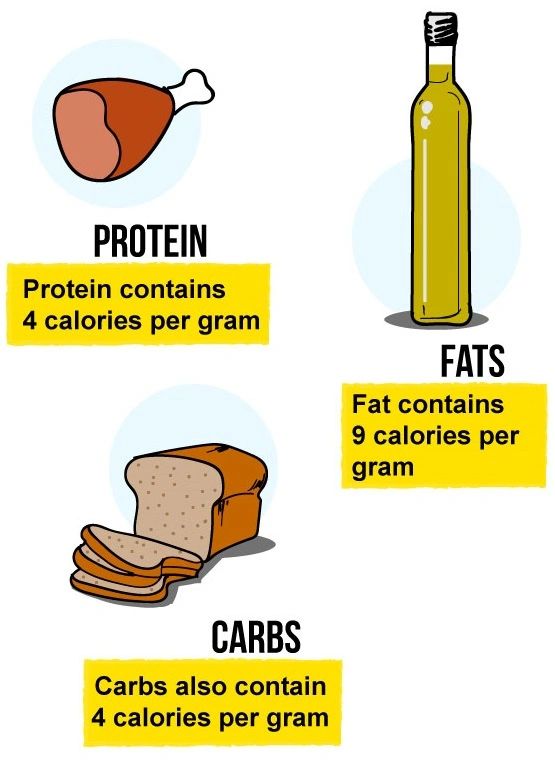Macros 101: What Are They and Why Do I Need to Track Them?


January 18, 2021 | Be Strong. Be MoeStronger!
What is a macro?
Macro is short for macronutrient. There are three macros and all food is made up of these. The three macros are protein, fat, and carbohydrates. Our bodies need all three macros and a balanced and sufficient amount (not too much) of each. The macros in our food are what makes up calories. So, macros equal calories. A protein is 4 calories per gram, a fat is 9 calories per gram and a carbohydrate is 4 calories per gram. Foods will have only one macronutrient makeup or they may have two or three. For example, if you are eating 35 grams of dry cereal it would mostly be carbohydrates. If 35 g of cereal is 28 carbs then the calories from carbs would be 112 calories (28×4). Dry cereal usually has some fat, 1-4 g. If the 35 grams of cereal also has 2 g of fat then 18 calories of the cereal come from fat (2×9). This is a complex way to figure out how many calories and macros you are eating. Luckily, there is an easier way.
How can I track macros?
Simply download a free tracking app like My Fitness Pal. The app can be used to scan the barcodes of foods you eat and log them in your daily food diary. If a food doesn’t have a barcode simply type the name of the food in the search section and MFP will give options. From those options choose the one with the green checkmark if possible. Those macros have been verified. If none have green check marks simply look for the one that closely matches your food. For example, if you type in to search for chicken breast and the app shows one option with 10g carbs, 15g fat and 10 g protein you can conclude based on the fact that chicken breast is 99% protein that the entry is incorrect and continue looking through the options for an accurate choice. MFP has thousands of foods in its database as well as restaurants so its very easy to find a match for what you are looking for. Tracking food is the best way to keep within your macro prescription so you can reach your goals. It may seem hard or time consuming at first, however the more you do it the easier it gets. Now to the why of tracking macros. The three macros are essential for our body to function.
Proteins
Protein helps maintain body tissues such as muscles, organs, nervous system, blood skin and hair. A typical American diet is deficient in protein. Protein is a macro that our body cannot store and must continually be replenished. Just like replenishing gas in our car in order for it to run properly. Some examples of protein are lean meats, fish, eggs, milk, yogurt.
Fats
Fat is a vital nutrient. It is beneficial and essential. Fat supplies fatty acids for growth, healthy skin, vitamin absorption, as well as energy. Eating fat doesn’t make us fat. As mentioned earlier fat contains 9 calories per gram so eating too much fat WILL make us fat because of the consumption of extra calories. Any weight loss protocol will require eating less calories than you burn, its that simple. By eating a diet high in carbs and fat and low in protein more calories are being consumed than burned and the result is weight gain. Some examples of fat are butter, nut butters, egg yolks, avocado, oils.
Carbohydrates
Carbohydrates most important benefit is the energy it provides in the form of glucose. If we consume more carbs than we need the excess is stored as fat. Carbohydrates prevent the breakdown of muscle tissue. This is important if you do any type of resistance or strength training. Some examples of carbs are grains, cereal, pasta, rice, potatoes, vegetable.
You’re in control
Tracking macros is essential to know what you are eating and if you are getting enough of what your body needs. By tracking you are in control of what you eat and ultimately in control of your goals. Macro tracking/flexible dieting is simple on one hand – but takes a real commitment on the other hand. It’s not a crash or “yo-yo” diet – rather a way to a healthy life that you can commit to for the long term. The key is to not give up!
Authored by Michele Moe. Be Strong. Be MoeStronger!
